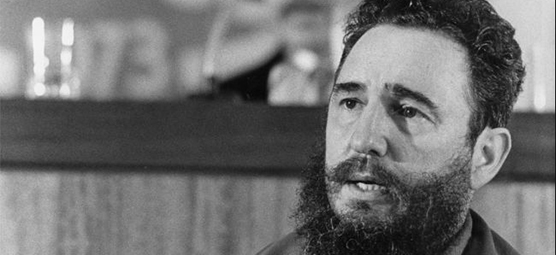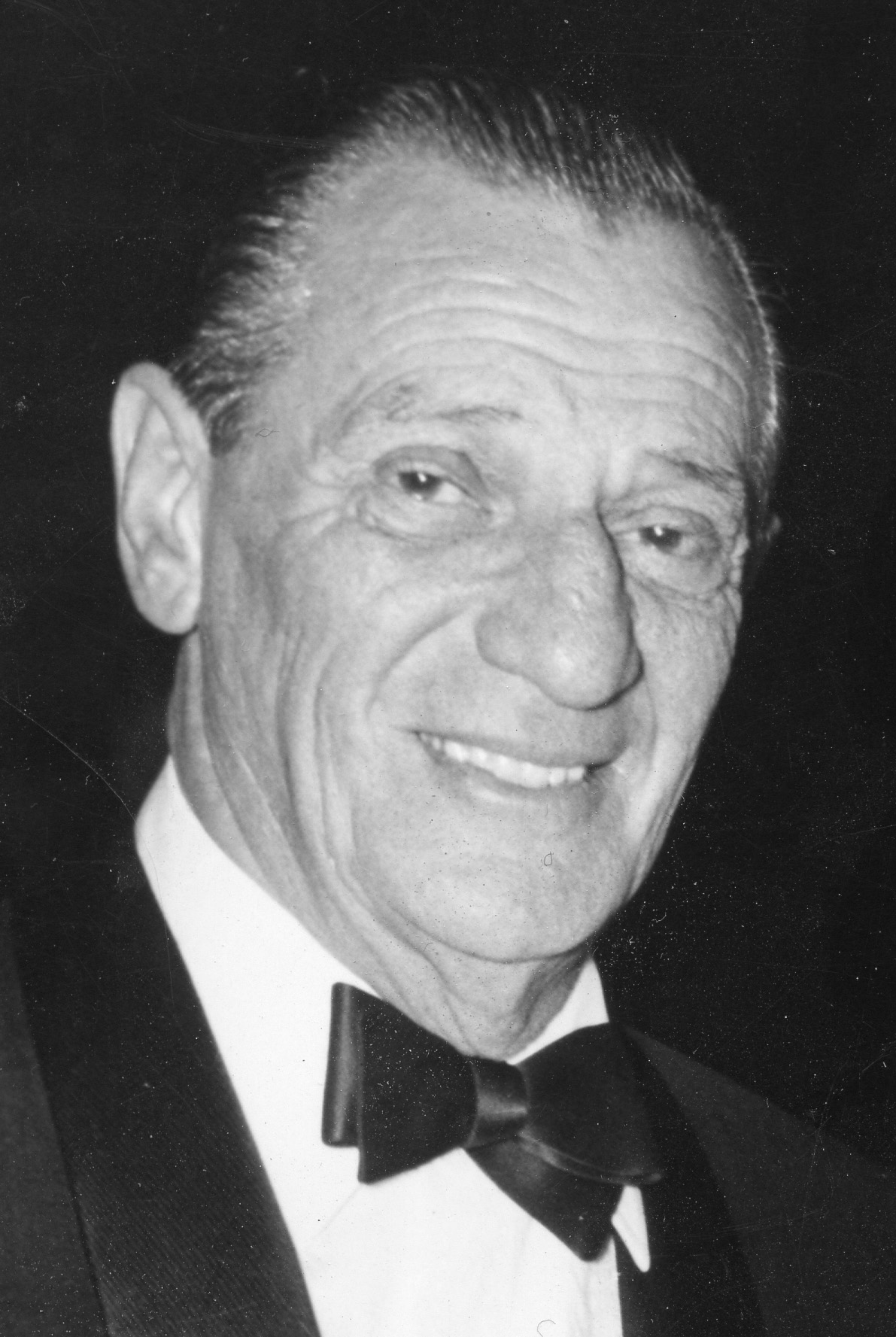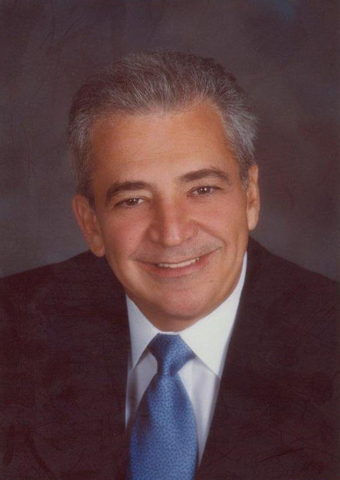Castro revolution had major effect on Las Vegas
Closure of Havana casinos spurred exodus to the desert

This is the third of three blogs on the death of Fidel Castro. Part one looks at the harsh blow Castro dealt the American Mob when he seized control in 1959. Part two looks at Mob ties to assassination attempts against Castro.
The recent death of Fidel Castro has prompted historians and journalists to assess the role he played in 20th century history. From the Cold War to the shadow history of the American Mob, the Cuban dictator had an outsized impact for the leader of a small island nation.
His actions even played a significant part in the growth of Las Vegas.

In the late 1950s, before Castro seized power in Cuba, the island nation’s tourist industry was surging. The resorts, casinos and nightclubs, run largely by the American Mob, created an enticing Caribbean setting where visitors could dance, drink and gamble with abandon. At the time, Cuba rivaled – and was on the verge of surpassing – Las Vegas as America’s favorite tourist destination.
Nevada gaming regulators were worried enough about the competition that they told those holding Nevada gaming licenses they had to either give up their Cuba investments or risk losing their Nevada licenses. Among those who relinquished their Cuba properties were well-known Las Vegas casino operators Moe Dalitz, Wilbur Clark and Ed Levinson.
Ironically, while those forced to pull out of Cuba were upset at first, it proved to be a fortunate turn of events. As Castro’s Marxist rebels gained ground in late 1958, Cuban dictator Fulgencio Batista fled the country. Castro took over on January 1, 1959, and promptly shut down the Mob-run casinos. In the ultimate indignity, rebels released pigs in one of the casinos, reflecting the new regime’s attitude toward the foreign investors who controlled much of Cuba.
Although he proved to be a brutal despot to his people, Castro’s coup d’etat was beneficial to the Las Vegas casino industry. With Cuba out of the gambling business, the Mob turned its attention back to Las Vegas, where it invested heavily in the Las Vegas Strip over the next two decades. Absent competition from Cuba, Las Vegas casinos thrived.
Castro affected Las Vegas in another way: Hundreds of men and women who had worked in the Mob’s Cuba casinos fled in the wake of Castro’s takeover and immigrated to Las Vegas.

As historian William Clayson explains in More Peoples of Las Vegas: One City, Many Faces, “When Castro closed Havana’s casinos after the revolution, he inadvertently provided Las Vegas with a trained and ready workforce of baccarat dealers, singers, cooks, and maître d’s. Experience in the tourism industry and connections with early casino operators gave Cubans a natural advantage over other immigrants.”
That influx of Cubans created a vibrant ethnic community in Las Vegas that continues to grow and prosper in the 21st century. According to Clayson, the Cuban population in Las Vegas grew from about 250 in 1960 to 1,700 by the end of that decade. Today, as many as 25,000 Cuban Americans call Las Vegas home.
Some Cubans who escaped Castro’s regime found opportunities in Las Vegas to work their way to the highest levels of the local economy. Clayson cites the example of Tony Alamo, who started his career cleaning toilets at a Reno casino, then became a craps dealer, then joined the casino management ranks in Las Vegas. Ultimately, Alamo oversaw construction of the MGM Grand and Mandalay Bay megaresorts on the Strip.
Feedback or questions? Email blog@themobmuseum.org





